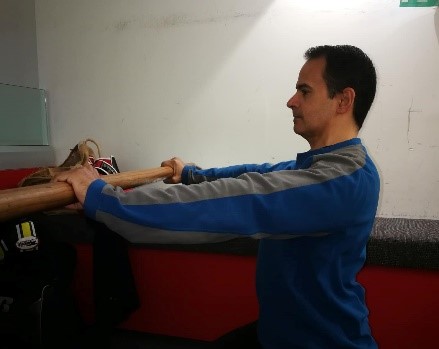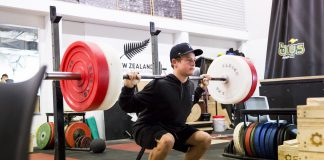What is the proper form of an exercise?
They say, “You must go full range of motion.”
We say, “of what, and why?”
Before we go “full range of motion”, how about we determine who they are and what their goal is. Rather than following the rules of exercise, we need to understand the rules of the body.
What do we mean by rules? The rules of exercise often follow the movement standards of a sport or an ideology in exercise education. The movement standards of a sport are created to set a measurable performance standard that all athletes must adhere to, so every athlete runs the same distance or uses the same range of motion. For example, in powerlifting an athlete performing a bench press must lower the barbell to touch the chest. This range of motion is required for the sport. But, it is not always the best range of motion of the joints for many exercisers.
The range of motion rules of exercise education is also standardised. We often read or hear exercise descriptions that say we must touch the bar to the chest in a bench press or squat rock bottom well beyond a thigh parallel position.
The problem with standardised rules is that it often neglects the range of motion that may be safely available for different individuals. Each of us is built differently with bone and joint structures that are not all the same.
Let’s look at the bench press and address the structural architecture of the body in performing this exercise. We need to assess several things such as a person’s rib cage size and shape, sternum length and angle, upper arm and forearm length, and muscle thickness. As well, we have to look at positions of the spine and shoulder blades.
An example would be a person that has a thick ribcage (barrel shaped). This individual will have a better mechanical advantage to touch the bar to their chest versus a person with a narrow ribcage. The one with the narrow ribcage has a lesser mechanical advantage and also may by compromising their shoulder joint by trying to touch the bar to their chest.
A simple way to determine whether your range of motion in a bench press, or any other exercise, is to perform an active-specific range of motion test. How you do this is by sitting upright holding a stick or dowel rod extended in front of your chest. Now actively bring the stick towards your chest using the same plane of motion you would in a bench press. If you can comfortably touch the stick to your chest you probably have the range of motion to perform the exercise bringing the bar to your chest. If not, you do not possess the active range to bring the bar to your chest without it being forced there via gravity or a weighted barbell (see picture below).


Now, there are a few more factors we need to consider such as do you also have the neurological strength and control to lower a given weight under constant tension – or are you dropping it to your chest? There is no glory in violating the structural integrity of your joints for the sake of lifting a heavier weight or exceeding your own individual range of motion.
The staff trainers in the AUT Millennium Gym can help determine your active range of motion in an array of exercises so that you safely use a range of motion that is specific to your structure. Call or stop in at the Gym reception to set up an appointment with any of our qualified staff for a free fitness assessment.




































